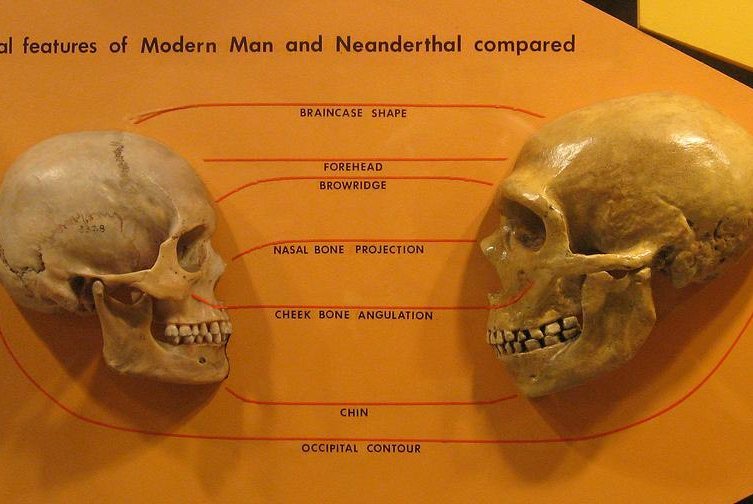New research suggests Neanderthals could have chewed up large amounts of nuts and seeds without harming their enamel. Photo by hairymuseummatt/Cleveland Museum of Natural History/
Wikimedia Commons
Jan. 17 (UPI) -- Neanderthals were capable of chomping on hard plants, like nuts and seeds, according to a new study.
Several recent studies have highlighted the resourcefulness of Neanderthals, capable of diving for clams and starting their own fires. But to take advantage of nuts, tough plants and other hardy food resources, Neanderthals would have needed resilient teeth.
To see what our early relatives might have been capable of consuming, scientists tested primate teeth in the lab. Researchers studied how impacts with different food particles impacted enamel's microscopic structures.
The findings, published this week in the journal Scientific Reports, suggests Neanderthal teeth were perfect capable of chomping on hard plants.
"We found that hard plant tissues such as the shells of nuts and seeds barely influence microwear textures on teeth," lead study author Adam van Casteren, lecturer in biological anthropology at Washington University in St. Louis, said in a news release. "If teeth don't demonstrate elaborate pits and scars, this doesn't necessarily rule out the consumption of hard food items."
While chemical analysis of ancient teeth has suggested Neanderthals ate mostly meat, analysis of the jaw structures of early human relatives suggests hominins had the unique means to eat a variety of foods.
"All these morphological attributes seem to indicate they had the ability to produce large bite forces, and therefore likely chomped down on a diet of hard or bulky food items such as nuts, seeds or underground resources like tubers," van Casteren said.
Scientists have previously measured the damaged caused by quartz abrasions on primate teeth, but never actual hard food particles.
In the lab, scientists affixed pieces of a seed shell to a probe and dragged it across the enamel from an orangutan tooth. The dragging action replicated the forces of chewing. Researchers attached different types of food particles to the probe.
The tests produced no significant pits, scratches or fractures -- no dental microwear.
The new findings, combined with previous analysis of the jaw structures of Neanderthals, suggests the early human relatives could have chewed large amounts of nuts and seeds without harming the structural integrity of their molars.
"When consuming many very small hard seeds, large bite forces are likely to be required to mill all the grains," van Casteren said. "In the light of our new findings, it is plausible that small, hard objects like grass seeds or sedge nutlets were a dietary resource for early hominins."















